
Para: Great Sand Dunes National Park and Preserve is located in the state of Colorado, USA. Specifically, it's situated in the southern part of the state, near the town of Mosca and about 35 miles northeast of the city of Alamosa.

Great Sand Dunes National Park and Preserve was established relatively recently, compared to some other national parks in the United States. It was designated as a national park on September 13, 2004.
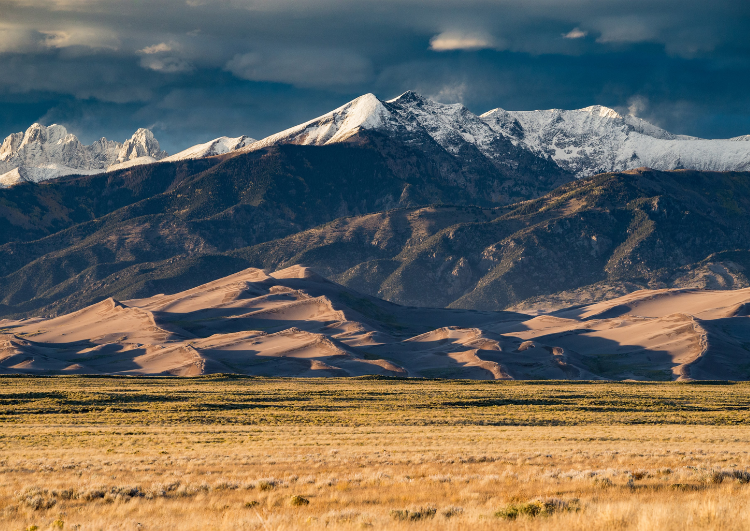

Great Sand Dunes National Park and Preserve wasn't "invented" by a single person. Rather, it was established by the U.S. government through legislative action. The park's creation was the result of efforts by conservationists, local residents, and politicians who recognized the unique natural and cultural value of the area and advocated for its protection. The park's establishment involved collaboration between various stakeholders, including federal agencies, state government, and local communities.


Great Sand Dunes National Park and Preserve is named after its most prominent geological feature: the vast expanse of sand dunes. These dunes are some of the tallest in North America, with some reaching heights of over 750 feet (230 meters). The term "Great" emphasizes the grandeur and size of the dunes, while "Sand Dunes" describes the primary natural feature of the park.
The addition of "National Park and Preserve" to the name indicates the dual status of the area. It is both a national park, which offers protection for its unique natural and cultural resources, and a preserve, which allows for the continued enjoyment of certain recreational activities while also safeguarding the park's ecosystem. This dual designation highlights the importance of preserving the sand dunes and surrounding environment while also providing opportunities for public recreation and education.

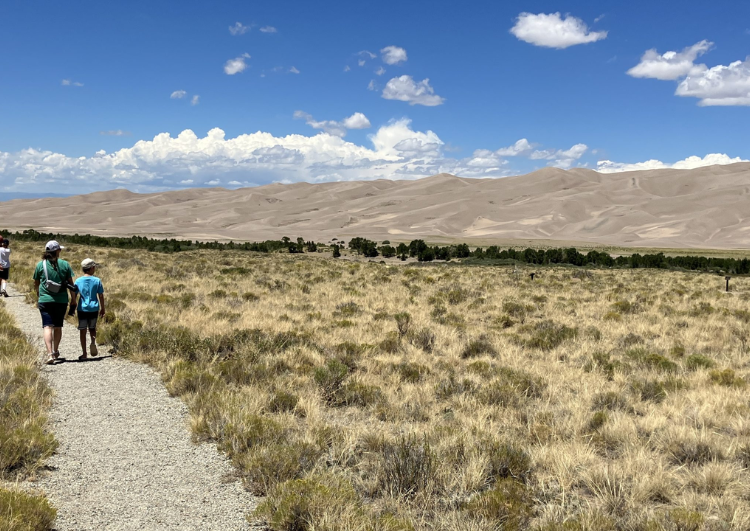

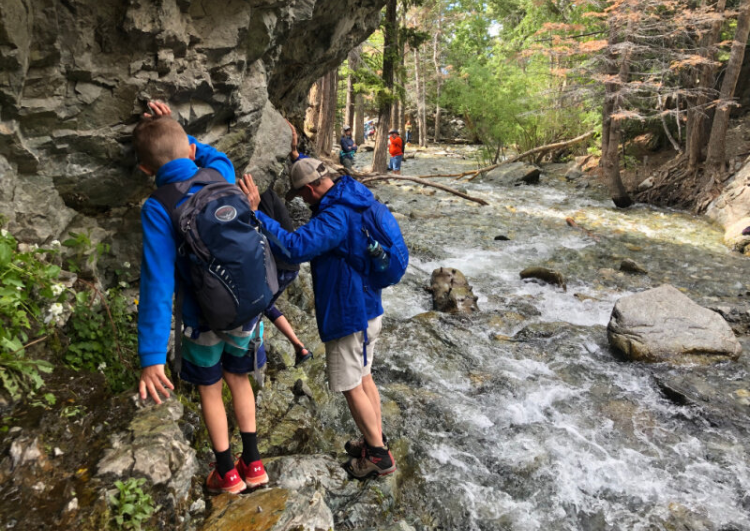
Great Sand Dunes National Park and Preserve offers a unique and diverse landscape that appeals to hiking enthusiasts for several reasons:
1. **Scenic Beauty**: The park boasts stunning vistas of towering sand dunes contrasted against the backdrop of the Sangre de Cristo Mountains. Hiking through this picturesque scenery offers unparalleled views and photo opportunities.
2. **Diverse Terrain**: Hikers can explore a variety of terrain, including the iconic sand dunes, alpine forests, grasslands, wetlands, and even seasonal streams. This diversity provides a range of hiking experiences, from challenging climbs to leisurely walks.
3. **Adventure and Challenge**: Scaling the towering sand dunes provides a thrilling and challenging adventure for hikers. Climbing the dunes' steep slopes offers a unique physical and mental challenge, making it an exciting experience for those seeking adventure.
4. **Opportunities for Exploration**: With over 30 square miles of dunes to explore, hikers have ample opportunities to discover new paths, hidden valleys, and unique formations. The park's vast expanse encourages exploration and discovery.
5. **Solitude and Serenity**: Despite its popularity, Great Sand Dunes National Park and Preserve offers vast stretches of wilderness where hikers can find solitude and tranquility. Venturing into the backcountry allows for a peaceful retreat into nature.
6. **Wildlife Viewing**: The park is home to a variety of wildlife, including mule deer, elk, pronghorn, black bears, and numerous bird species. Hiking provides opportunities for wildlife viewing and photography, adding to the allure of exploring the park's natural wonders.
Overall, Great Sand Dunes National Park and Preserve offers a one-of-a-kind hiking experience that combines breathtaking scenery, physical challenge, and the opportunity for exploration and solitude, making it an ideal destination for hiking lovers.

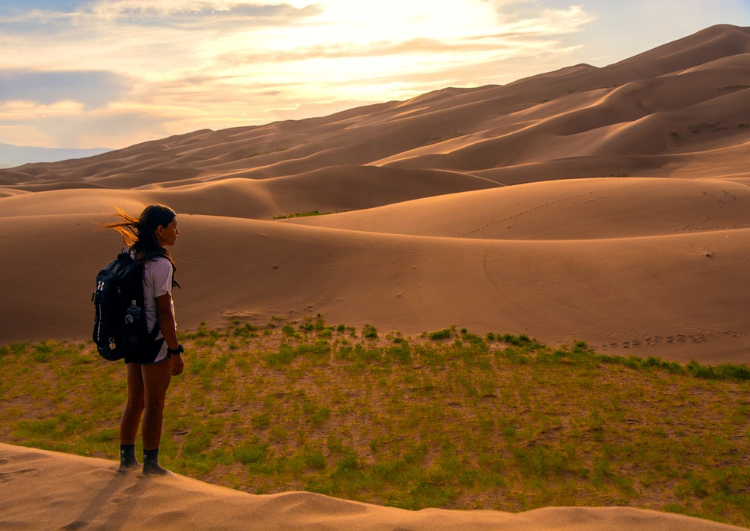

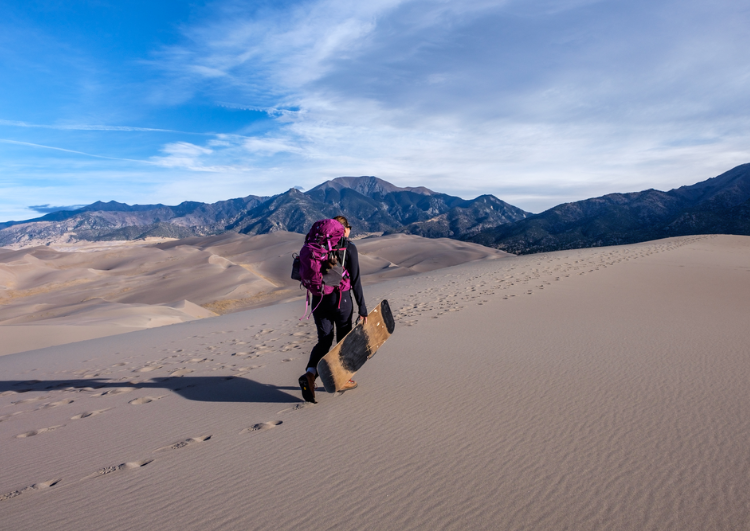
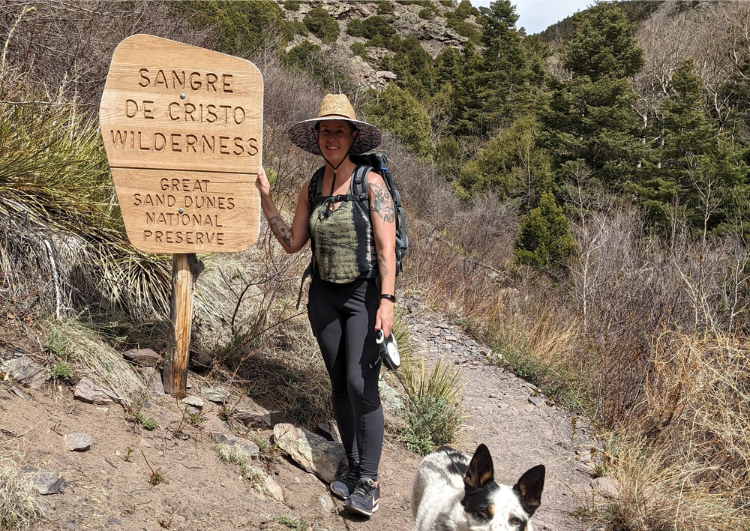
While Great Sand Dunes National Park and Preserve offers hiking opportunities throughout the year, the best time for hiking may depend on personal preferences and weather conditions. Here's a breakdown of hiking considerations for different seasons:
1. **Spring (March to May)**:
- Spring can be an excellent time for hiking as temperatures are generally mild, ranging from cool to warm.
- The snowmelt from the surrounding mountains can create seasonal streams and wetlands, adding to the park's scenic beauty.
- Wildflowers may bloom, adding vibrant colors to the landscape.
2. **Summer (June to August)**:
- Summer can be hot, especially on the sand dunes, with temperatures often exceeding 90┬░F (32┬░C) during the day.
- Early mornings and evenings may offer more comfortable hiking conditions.
- Be prepared for afternoon thunderstorms, which are common during the summer months.
- Sand temperatures can become extremely hot during the day, so wearing appropriate footwear is essential to prevent burns.
3. **Fall (September to November)**:
- Fall is a popular time for hiking due to cooler temperatures and fewer crowds.
- The changing colors of the surrounding vegetation, including the aspen trees, offer stunning autumn scenery.
- Wildlife activity may increase as animals prepare for winter, providing opportunities for wildlife viewing.
4. **Winter (December to February)**:
- Winter hiking can be rewarding for those seeking solitude and unique experiences.
- Snowfall is possible, especially in the higher elevations, which can transform the landscape into a winter wonderland.
- Cold temperatures and icy conditions may require appropriate clothing and gear, including traction devices for hiking on snow and ice.
Overall, Great Sand Dunes National Park and Preserve offers hiking opportunities year-round, but visitors should be mindful of weather conditions and plan accordingly to ensure a safe and enjoyable experience.